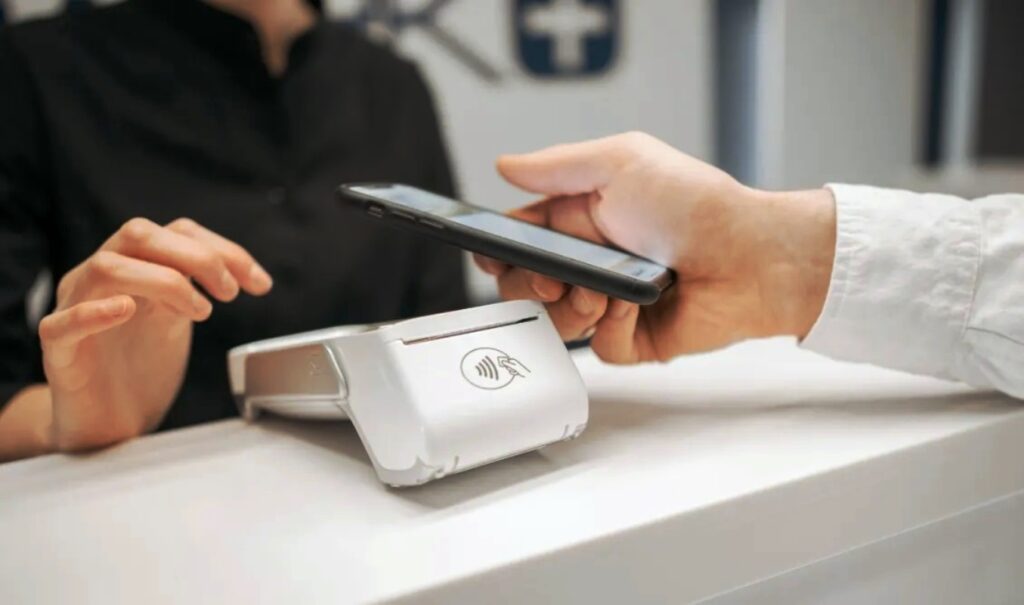A new digital payment measure comes into effect from November 1st, 2025, requiring all physical stores and e-shops to accept transactions through IRIS with QR code. The goal is faster, safer and more economical payments, while enhancing tax transparency.
Read: Transferring money via Iris? What you need to do so the tax office doesn’t come knocking
IRIS offers instant account-to-account payments in real time, allowing customers to complete purchases directly from their mobile banking app, without additional charges or intermediaries. Businesses receive money almost instantly and reduce commissions compared to card payments.
How IRIS works
Customers scan the business’s QR code through their bank’s app, completing the transaction in real time. Stores must update their POS systems to display the IRIS option or, in case of older POS systems, have a printed QR code for scanning. The tax authority will monitor compliance and violators may face penalties.
IRIS: Benefits and challenges for businesses and consumers
Consumers benefit from instant transactions without cards or CVV numbers, reduced fraud risk and convenience through mobile. Businesses, on their part, reduce banking charges and receive payment immediately. Integration with tax authority systems enhances tax compliance and transparency.
However, implementing the system requires adapting POS terminals and QR printers, with costs covered by the business. The mandatory integration of IRIS represents a significant step in the country’s digital transformation.
It’s noted that IRIS transactions in the first eight months of 2025 reached 68 million, from just 787,000 in the same period of 2020 – an increase of almost 86 times.




